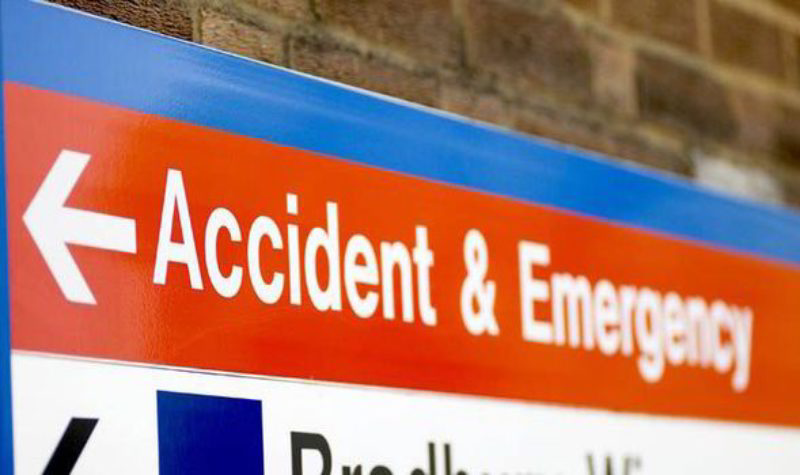Cat Smith Working for Lancaster and Fleetwood

It’s just been revealed that out of all the hospitals in the country, A+E waiting times are worst at Blackpool Victoria.
According to the latest statistics from the House of Commons Library, up to August of this year 44.7% of patients attending Blackpool were forced to wait longer than four hours to be seen. These statistics highlight the damage caused by this Government’s austerity measures – from the chronic underfunding of the NHS to the Tories poor management of the service and its failure to provide extra funding in enough time to limit the impact of the now annual winter crisis.
Nationally in 2017/18, nearly three million patients waited longer than four hours in A+E compared to 900,000 in 2012/13. While performance tends to be worse in the winter months, waiting times in recent summers have been higher than those seen in any winter on record prior to 2014/15. Waiting times worsened in winter 2017/18 with March 2018’s performance being the worst on record.
Here in the Lancaster and Fleetwood constituency the impact was felt very keenly by patients waiting for surgery. Many contacted me to tell me they had had their surgery cancelled, some on multiple occasions. Up to June of this year, 84,881 elective operations were cancelled for non-clinical reasons on the day the patient was due to arrive. This is 5% higher than last year. Of those who had their surgery cancelled, 7,821 were not treated within 28 days of their cancellation – up 35% on last year.
Patients in the constituency have also raised concerns about the amount of time its taking to be admitted to hospital once they’ve been identified as needing further care. The number of long waits for admission has increased substantially in recent years. In 2017/18 there were over 600,000 cases where a patient waited longer than four hours for admission which amounts to around 10% of all emergency admissions to hospital. In January of this year 1,054 people waited longer than 12 hours to be admitted – the highest on record. Once again, while numbers peak in winter, in the last three summers there have still been over 1,000 ‘long waits’ for admission each day – higher than in any winter prior to 2014/15.
Bed blocking still continues to be a big problem – where a patient is waiting to be transferred either to another ward, hospital, nursing home or back to their own home. In 2017/18 there were 1.98 million ‘delayed days’ due to delayed transfers of care – an average of 5,420 each day. Between May and July of this year there were 85,797 delayed days alone, due to patients waiting for a care package to be put in place for their return home.
This is just the tip of the iceberg. All these statistics demonstrate just how much strain NHS staff are under, trying to meet unrealistic targets that can’t be delivered due to dwindling budgets and staffing pressures. Something has to change.
